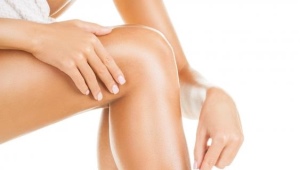Irritation and other consequences of waxing

At all times, one of the most important conditions for female beauty has been soft and smooth skin, reminiscent of a peach. However, the human body is not naturally so. It has quite a lot of areas covered with unnecessary hairs: armpits, face, bikini area, arms and legs. Specialists in the cosmetic industry have come up with a lot of ways to get rid of this burden. Perhaps the most common of these is waxing.
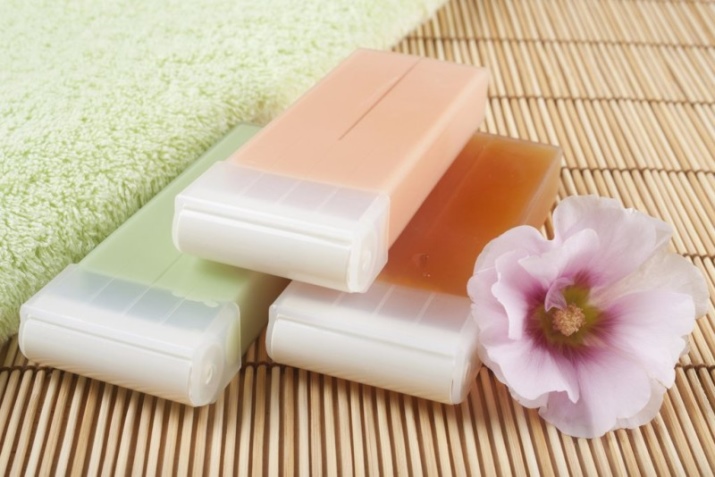
The most unpleasant consequences
It should be clarified that there are 2 concepts that mean getting rid of unwanted hair on the body and face - epilation and depilation. The difference lies in what effect this or that procedure has on the hair. Epilation involves the removal of hair along with the hair follicle, depilation - getting rid of that part of the hair that is visible on the surface.
Waxing (or waxing) has both obvious pluses and minuses.Today you will learn about what negative consequences can occur, how to minimize the risk of their occurrence and how to care for your skin if they do appear.
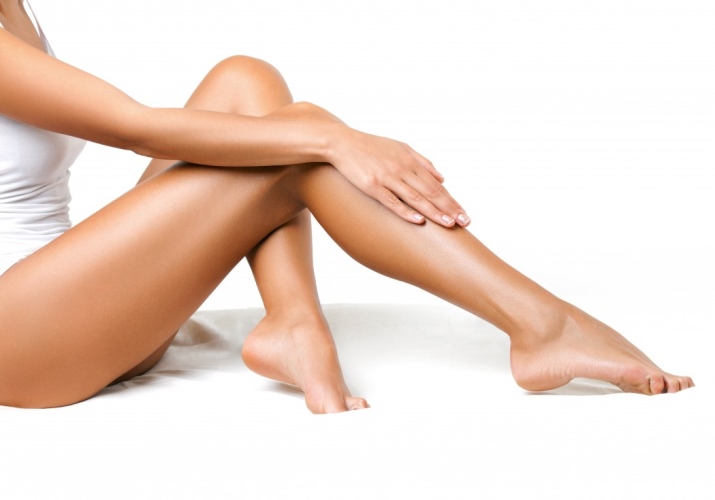
Each person is individual. What suits one may harm another. Girls, having seen enough advertisements in which beauties with perfectly smooth skin flaunt, rush to a beauty salon or a cosmetic store, not suspecting that an incorrectly performed waxing procedure can adversely affect the condition of the skin. The following problems may occur:
- Due to lack of experience with hot wax it is likely to get burned. If you decide to carry out the procedure yourself, choose warm or cold wax.
- If your blood vessels are close to the skin, due to rough mechanical impact, bruises can be earned. In this case, it is better to refuse waxing and drink a course of vasoconstrictive drugs.
- The most common problem - irritation in the form of redness, rashes, itching and peeling of the skin. In this case, you need to choose the right care products and eliminate these troubles.
- ingrown hair may also appear after the waxing procedure. To avoid their appearance, it is worth carefully preparing the treatment area by scrubbing.

FAQ
Many ladies are interested in answers to certain questions related to waxing.
How long does hair not grow?
As a rule, the effect persists for 2 weeks. This statement is true for any kind of wax.

Why grow up?
There can be several reasons for the appearance of this trouble: too thick epidermis, hormonal fluctuations in the body (which is why it is advised to carry out the procedure in the middle of the menstrual cycle), injury and scarring of the hair canal, frequent shaving with a bad, non-sharp razor, wearing clothes made of synthetic fabrics.
Why is there stubble left?
There may be one of 2 options here: either your hairs are still very small and simply did not catch on the wax, so you could not remove them, or they are growing very quickly. The only way out is to shave them off.
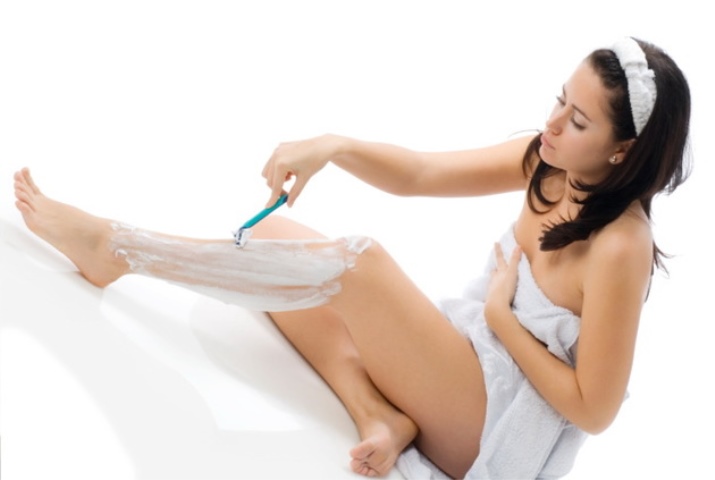
How soon can you go to the solarium?
To avoid unnecessary pigmentation, sunbathing is not recommended 2 days before and 2 days after depilation.

Why did acne appear?
The appearance of this problem may be due to a number of the following reasons: increased sensitivity and dryness of the skin, poor hygiene and infection; too aggressive procedure and injury to the epidermis, inflammation of the hair follicles of ingrown hairs, allergies to bee products, the use of too thick cream after depilation, weak immunity.
Contraindications
Any procedure has contraindications, waxing is no exception. Be careful when conducting if you:
- In an "interesting" position. Do not forget that waxing is a rather painful procedure. If possible, it is better to choose another way to remove unwanted hairs. Otherwise, pain can cause uterine contractions and even miscarriage.
- Smoke. Smoking weakens blood vessels and makes their walls thin and vulnerable. The same goes for people with rosacea.The consequences may be bruising, which appeared due to rupture of capillaries.
- Get treated with antibiotics blood thinners or hormones.
- Recently had a peel using aggressive ingredients: salicylic or alpha hydroxy acids.
- drank alcohol or drinking coffee before the procedure.




This is a list of those restrictions under which waxing is undesirable, but still possible. But there are certain cases when it is categorically contraindicated:
- AIDS, diabetes, lupus, oncology;
- fresh tan (day old);
- taking the drug "Accutane", anti-acne therapy;
- pregnancy in the last trimester.


Features of the procedure on different parts of the body
Each procedure has its own characteristics, and this must be taken into account.
On the face
Exfoliate your face first, remove the dead skin layer. Gently apply wax or apply a wax strip to remove mustache or chin hairs. With a sharp movement against hair growth, tear it off the skin. Gently remove the remnants of the product, lubricate the treated area with a light moisturizer.
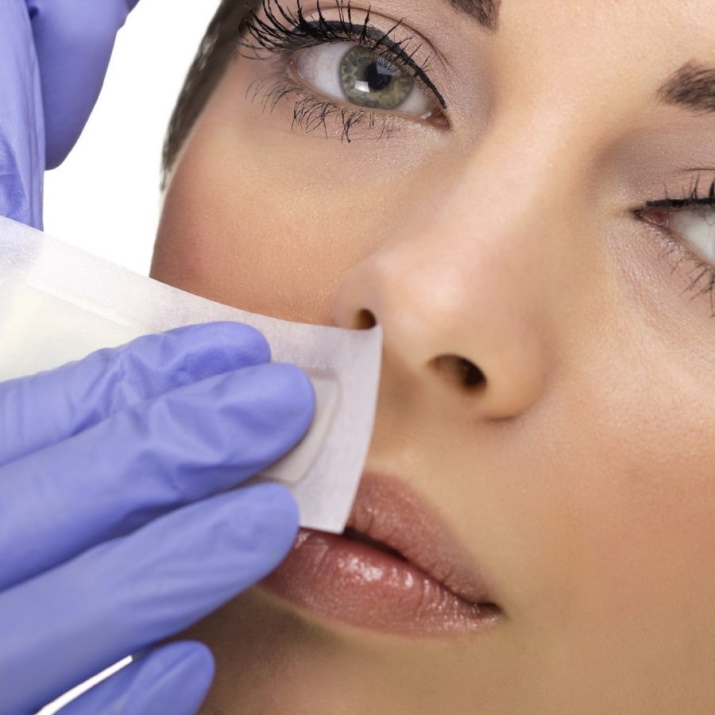
On hands
The peculiarity of hair growth in this area is not along the limb, but outward, perpendicularly. For first-time hand waxers, it can be a bit confusing. Wax should be applied to the hands in the direction of growth, and removed - against.
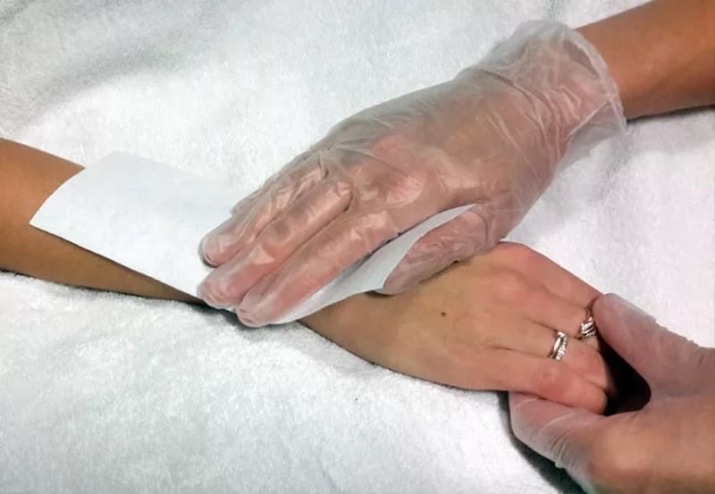
On foot
Here the hair grows slightly in a spiral, which should be remembered by both an experienced master and a beginner. Therefore, it makes sense to apply and remove wax slightly diagonally. As with depilation of the hands, the application is carried out along, removal - against the growth of hairs.
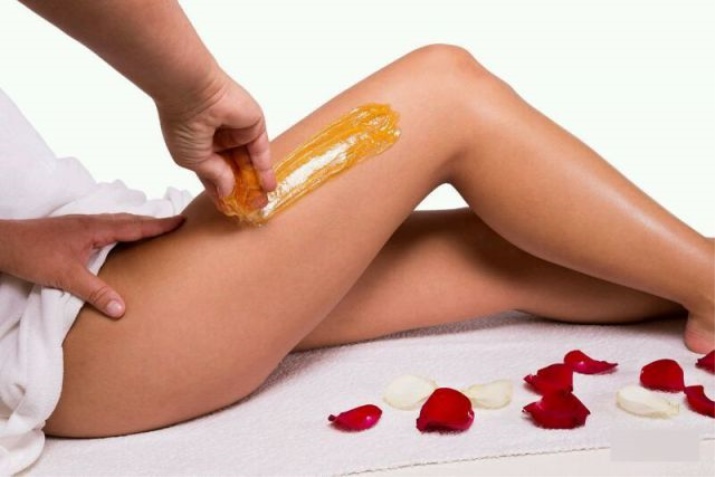
In the bikini area
The most sensitive and painful area.The procedure is carried out with the help of hot wax, small strokes and jerks. Sometimes additional processing with tweezers is required.
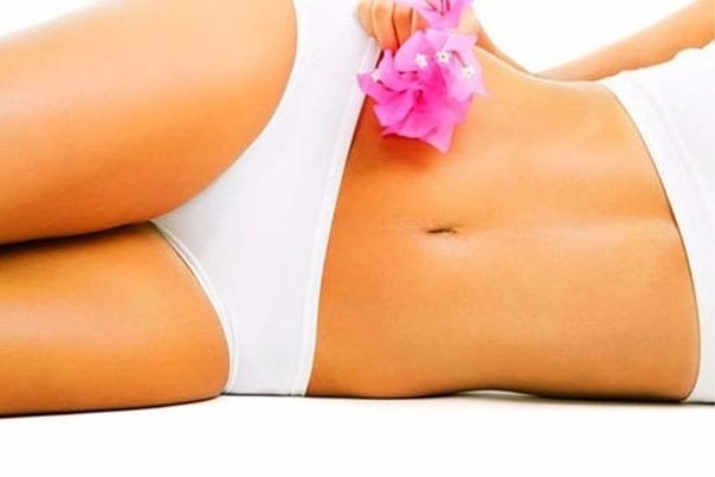
Recommendations
To achieve the best results, you need to consider certain helpful tips.
Skin care after depilation
On the day of waxing, it is not recommended to apply cosmetics to the area that will be depilated. An exception can only be a deodorant in the armpits. It is advisable to wear clothes and underwear made from natural, “breathable” materials.
Two days after the procedure, apply a moisturizer, oil or Panthenol to soothe irritated skin. Do this for several days.
After 4-5 days, it is necessary to treat the skin with a scrub. You need to repeat this 2 times a week to avoid the appearance of ingrown hairs. After scrubbing, use a special tool to slow down hair growth.

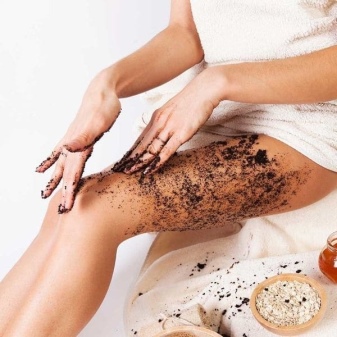
What can not be done after?
During the day, it is not recommended to apply talc or deodorant, as well as use products with perfumes (perfumes, scented soaps and lotions), self-tanning products and decorative cosmetics (when treating areas on the face). It is strictly forbidden to visit the beach, solarium, bath, sauna, hammam, bathe in a hot bath.
How to calm irritation?
If you have not been able to prevent the appearance of irritation and damage to the skin, do not despair. They can and should be fought. For these purposes, there are both medicinal and folk remedies:
- Treat the affected area "Solcoseryl", "Miramistin" or "Actovegin".
- Pustules and pimples will pass, if you anoint them with a mixture of 2 drops of eucalyptus oil and 3 drops of tea tree oil.
- Red dots can be removedby attaching a cut leaf of an aloe plant to them.
- Burn blisters will disappear, if lubricated with glycerin or vegetable oil. Panthenol helps a lot.
- Take care of affected skin you can also use decoctions of medicinal herbs (chamomile, calendula, celandine). Moisten a clean gauze or bandage and apply to the desired places.


Reviews
Waxing has become quite popular among the beautiful half of humanity. However, not all women get the desired effect, not everyone is satisfied with the quality of the procedure. Here are the advantages mentioned by those who liked waxing:
- Smoother and softer skinthan after using a razor.
- The more waxing procedures are performed, the thinner the newly growing hair becomes, their number decreases.
- Optimal balance prices and quality.
- Waxing is easy alone, at home.

Cons of this procedure:
- Soreness.
- Ingrown hair and inflammation of the hair follicles are not excluded.
- Pigmentation may appear, red dots, bruises, pimples and microtraumas appear.
Having previously familiarized yourself with all the nuances of waxing, with its positive and negative sides, you will be able to decide whether you should carry out this procedure or better not.

Do not forget that a competent specialist and compliance with all the rules for skin care will help minimize possible risks.
See below for details.






















